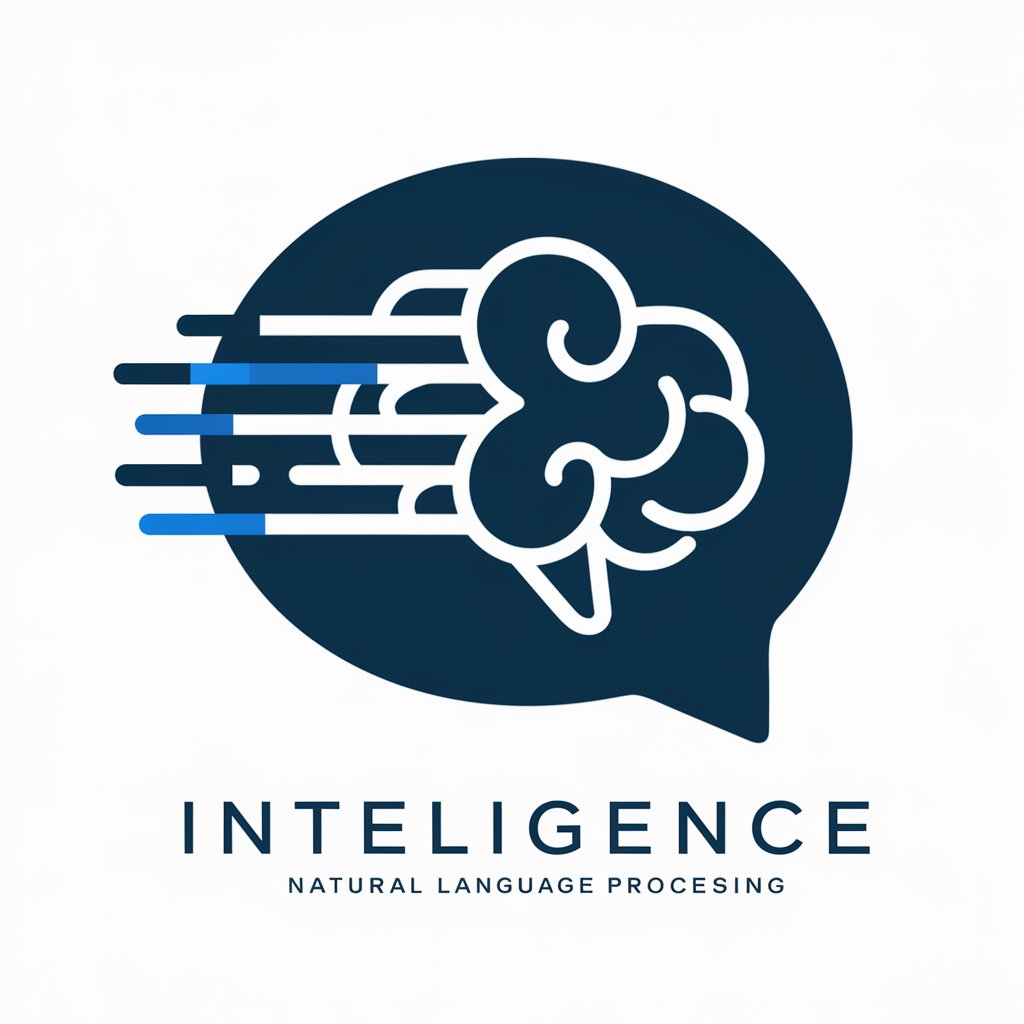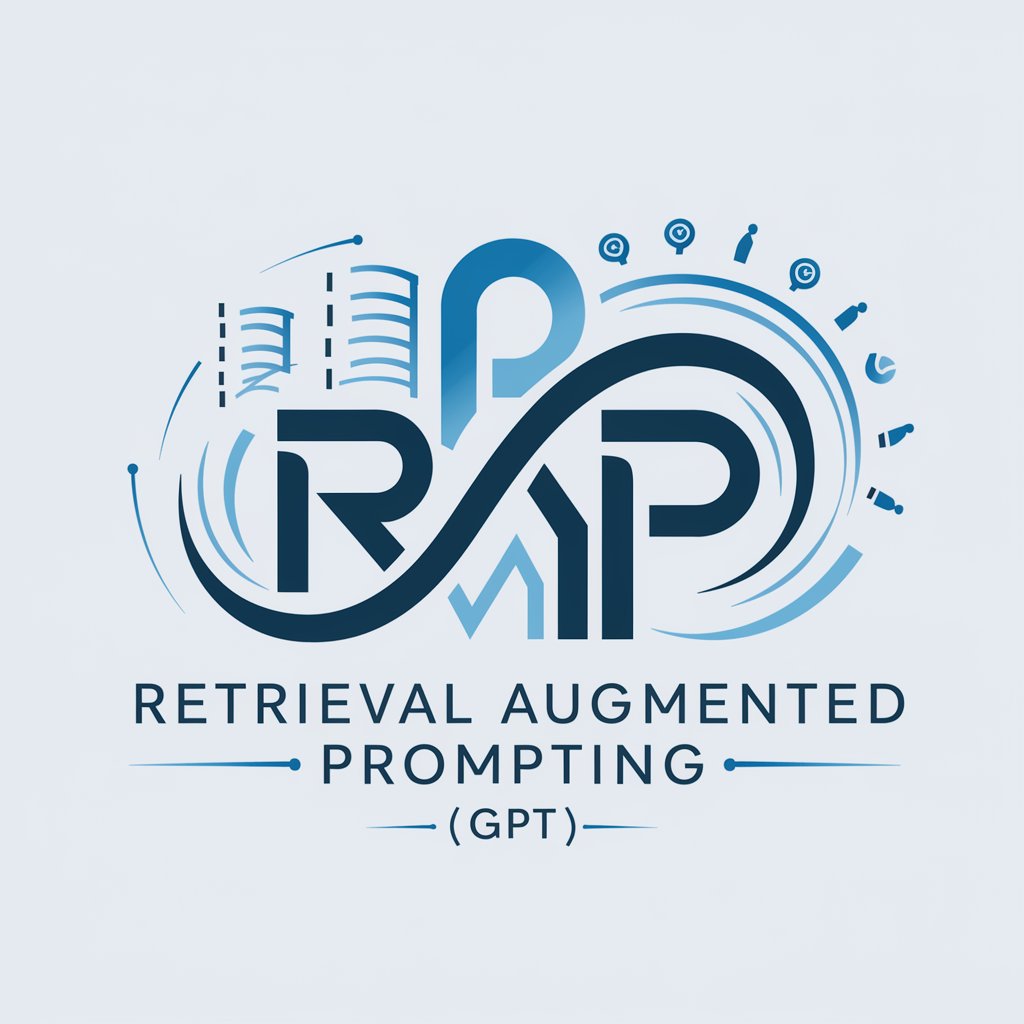Natural Language Processing for Data Retrieval - Powerful NLP Data Retrieval

Hello! How can I assist you with your data retrieval needs today?
Unlock Insights with AI-Powered Data Retrieval
How can I retrieve information on...
What data do you have about...
Can you provide details on...
Tell me more about...
Get Embed Code
Introduction to Natural Language Processing for Data Retrieval
Natural Language Processing (NLP) for Data Retrieval is a specialized field that combines the capabilities of NLP with data retrieval technologies to interpret and process human language in a way that allows for efficient information extraction and retrieval. This discipline is designed to bridge the gap between human conversational language and the structured querying of databases or the internet, making data access more intuitive and user-friendly. For instance, a typical application involves processing a user's natural language query, understanding its context, and then fetching the relevant data from a structured dataset, a database, or the web. Examples include searching for specific financial information using conversational language, retrieving news articles based on user-described topics, or finding academic papers by asking questions in natural language. Powered by ChatGPT-4o。

Main Functions of Natural Language Processing for Data Retrieval
Query Understanding
Example
Converting a user's natural language question like 'What is the current stock price of Apple?' into a structured query that can be used to fetch data from financial databases.
Scenario
Financial analysts looking for quick updates or investors tracking their portfolios.
Semantic Search
Example
Using NLP to understand the intent behind a search like 'latest advancements in renewable energy' and retrieving the most relevant academic papers or news articles, even if the exact keywords are not present in the documents.
Scenario
Researchers or journalists seeking specific information without knowing the exact terminologies or having precise keywords.
Information Extraction
Example
Extracting specific information, such as names, locations, dates, and more from unstructured data, enabling users to gather datasets or statistics from large volumes of text.
Scenario
Data scientists or analysts compiling specific data points from various sources for analysis or reporting.
Automated Summarization
Example
Creating concise summaries of long documents or sets of documents based on user queries, making it easier to quickly grasp the essence without reading through all the material.
Scenario
Professionals or students who need to quickly understand the key points of lengthy reports, research papers, or articles.
Ideal Users of Natural Language Processing for Data Retrieval Services
Data Scientists and Analysts
These professionals often need to sift through vast amounts of data to find relevant information. NLP for Data Retrieval can streamline their search process, allowing for more efficient data analysis and insight generation.
Researchers and Academics
Individuals in academia can benefit from NLP-driven data retrieval for gathering literature, data sets, and other resources essential for their research, especially in fields overwhelmed with publications.
Business Professionals
Executives, marketers, and financial analysts require timely and relevant information to make informed decisions. NLP for Data Retrieval can provide rapid access to market trends, financial data, and other critical business intelligence.
Journalists and Media Practitioners
These users need to stay updated with the latest news and developments across various topics. NLP for Data Retrieval enables them to quickly find and aggregate content relevant to their stories or investigative research.

Using Natural Language Processing for Data Retrieval
Start Your Journey
Begin by exploring yeschat.ai for a hands-on experience with Natural Language Processing for Data Retrieval. Access a free trial instantly without the need for login credentials or a ChatGPT Plus subscription.
Identify Your Needs
Determine the specific information or data you aim to retrieve. This could range from academic research, market analysis, customer feedback, to legal document review.
Customize Your Query
Craft your questions or queries in natural language. Be as specific as possible to ensure the retrieval system can accurately understand and process your request.
Refine and Iterate
Based on initial results, refine your queries for more precise outcomes. Utilize feedback loops to continuously improve the accuracy and relevance of the data retrieved.
Leverage Advanced Features
Take advantage of advanced NLP features like sentiment analysis, entity recognition, and topic modeling to further enhance your data retrieval and analysis processes.
Try other advanced and practical GPTs
Lyrics Composer
Empower Your Songwriting with AI

Fluffy - a magical kitten
Your Magical Guide in RPG Adventures

Discord Kitten
Engage, Play, Transform with AI

Kitten story writer!
Tailored Tales for Cats and Cat Lovers

Fluffy Kitten Creator
Create Captivating Kittens with AI

Title Master - offline - bitte Text einfügen
Craft Winning Titles with AI

Elixir Assistant v2 - no search, no retrieval
Power Your Elixir Development with AI

Info Retrieval Helper
Empowering your Information Retrieval Journey

Retrieval Augmented Prompting (RAP)
Elevate Your Insights with AI-Powered Data Retrieval

Moonlit Bedtime Stories
Crafting Magical Bedtime Stories

MIXDON
Elevate Your Sound with AI-Powered Mixing and Mastering

Electrical Project Mgmt & General Foreman GPT
AI-Powered Electrical Project Management

Q&A on Natural Language Processing for Data Retrieval
What is Natural Language Processing for Data Retrieval?
It's the application of NLP techniques to identify, extract, and analyze data from text-based sources, transforming unstructured text into structured data suitable for analysis and insight generation.
How does NLP improve the accuracy of data retrieval?
NLP uses linguistic, statistical, and machine learning methods to understand the context and nuances of natural language, significantly enhancing the precision and relevance of the data retrieved.
Can NLP handle data from multiple languages?
Yes, advanced NLP systems are designed to support multilingual data processing, allowing for efficient data retrieval across different languages and dialects.
What are some common use cases for NLP in data retrieval?
Use cases include academic research, market trend analysis, customer sentiment analysis, competitive intelligence, and legal document discovery, among others.
What are tips for optimizing NLP for data retrieval?
To optimize NLP for data retrieval, clearly define your objectives, use specific and detailed queries, incorporate contextual clues, and leverage NLP's full suite of capabilities for best results.
